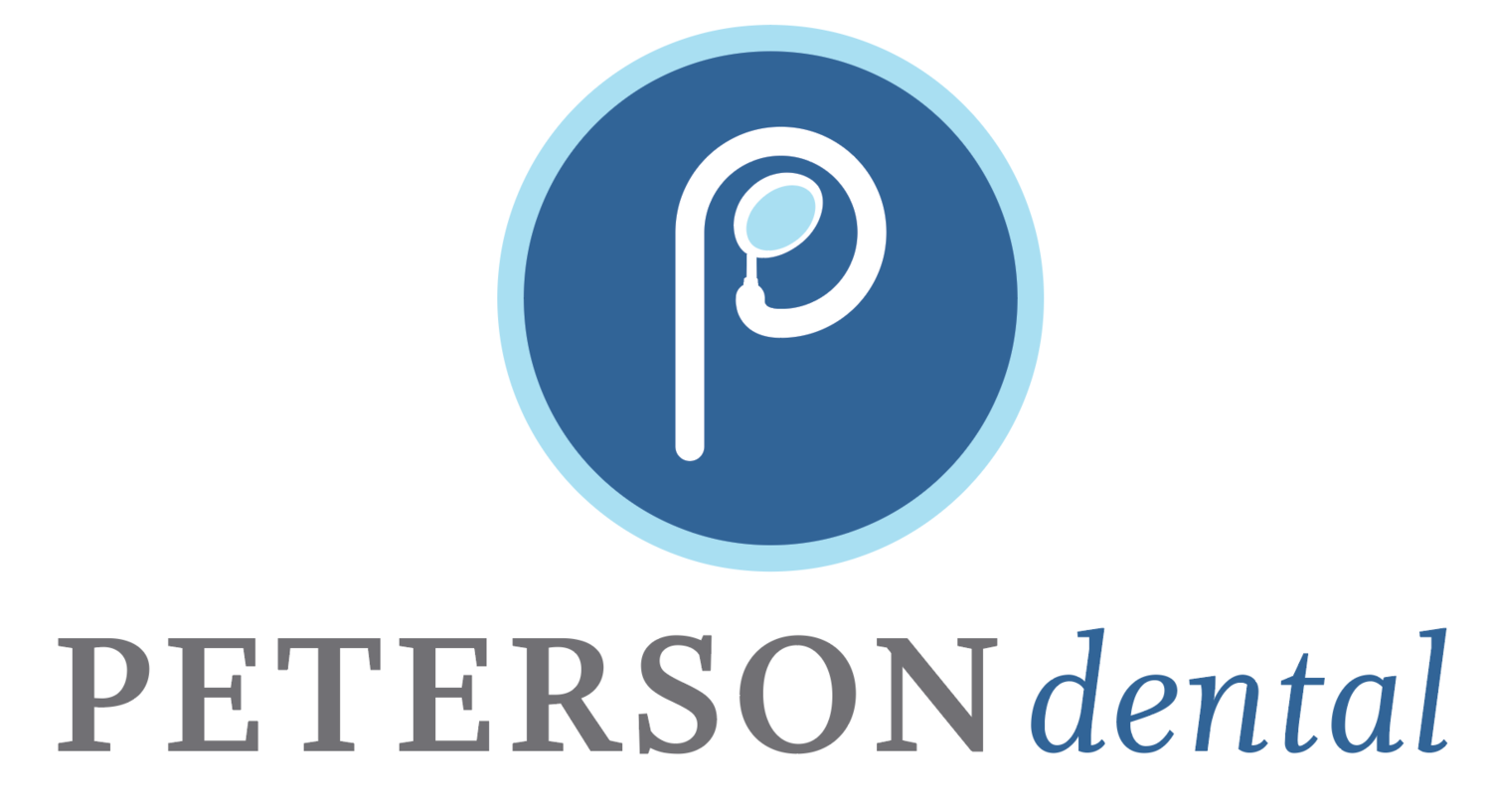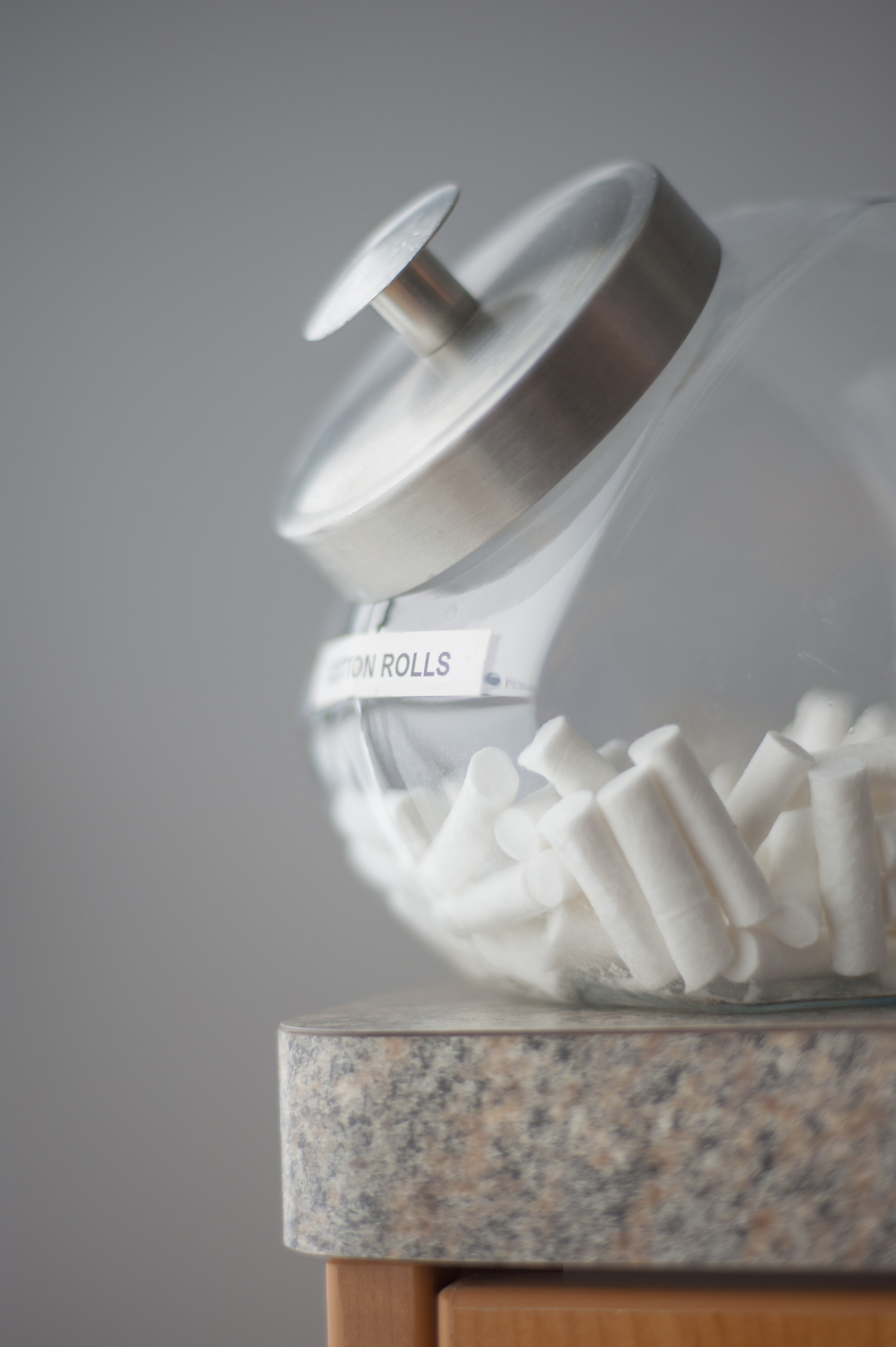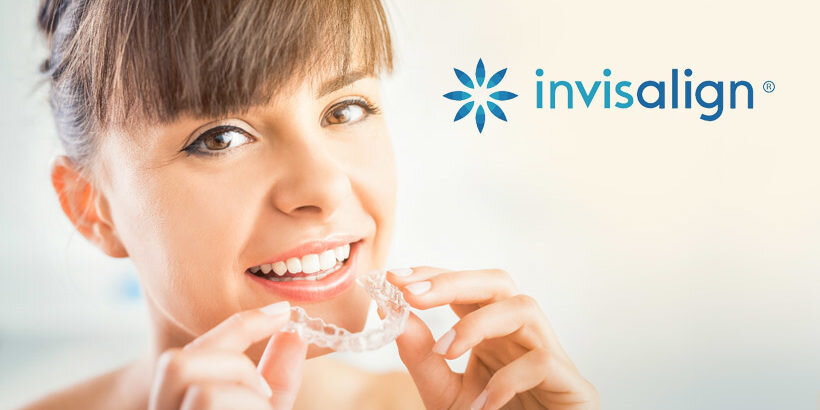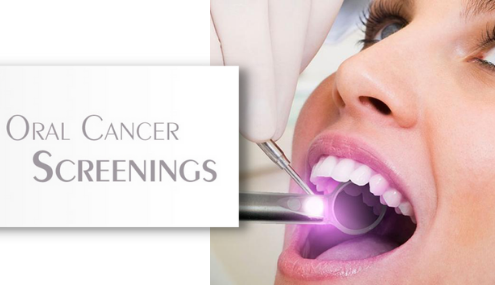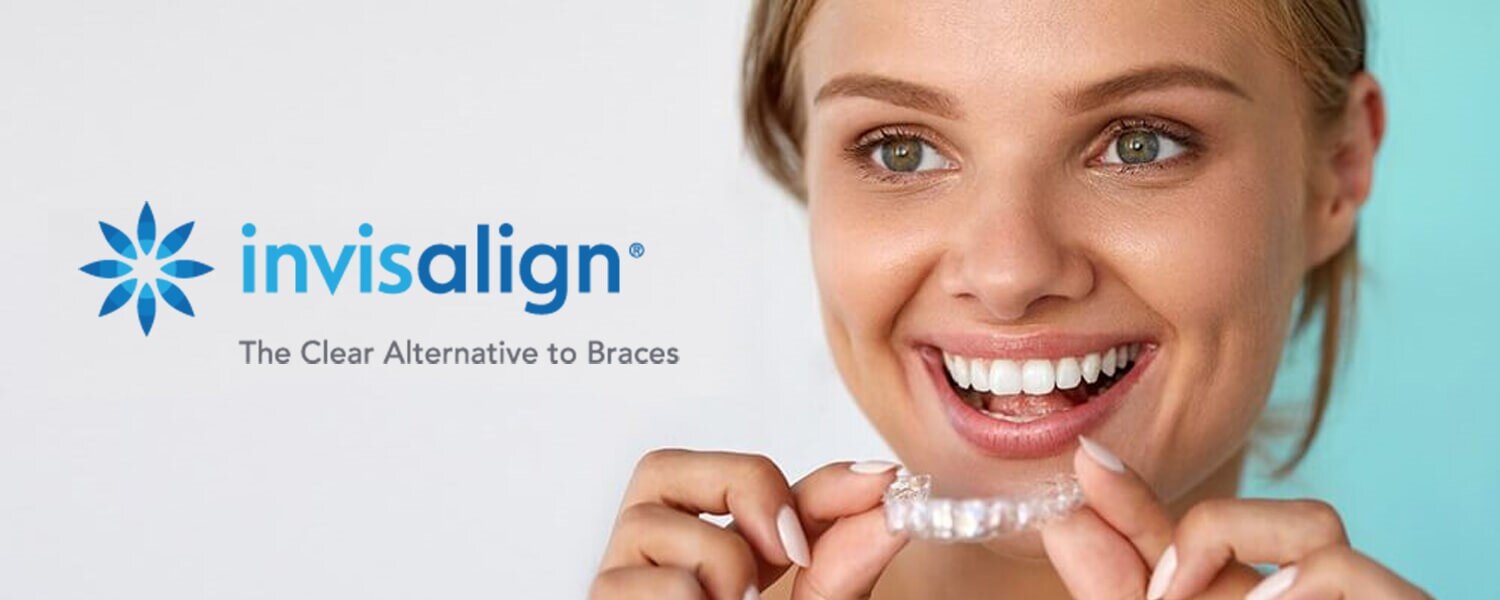Dental Terms M-P
M
Malocclusion: The improper alignment of biting or chewing surfaces of upper and lower teeth.
Mandible: The lower jaw.
Maryland Bridge: The trade name that becomes synonymous with any resin bonded fixed partial denture (bridge).
Mastication: The act of chewing.
Maxilla: The upper jaw.
Mesial: Toward or situated in the middle.
Metals, classification of: The noble metal classification system has been adopted as a more precise method of reporting various alloys in dentistry commonly used in crowns, bridges, and dentures. These alloys contain varying percentages of Gold, Palladium and/or Platinum. High noble contains more than 60% of Gold, Palladium and/or Platinum (with at least 40% Gold); noble contains more than 25% Gold, Palladium and/or Platinum; predominately base less than 25% Gold, Palladium and/or Platinum.
Molars: The broad, multicusped back teeth, used for grinding food are considered the largest teeth in the mouth. In adults there are a total of twelve molars (including the four wisdom teeth, or third molars), three on each side of the upper and lower jaws.
N
Nitrous oxide: A controlled mixture of nitrogen and oxygen gases (N2O) that is inhaled by the patient in order to decrease sensitivity to pain. Also referred to as laughing gas.
Novocain: A generic name for the many kinds of anesthetics used in the dental injection, such as Xylocaine, Lidocaine, or Novocain. See local anesthetic.
O
Occlusal x-ray: An intraoral x-ray taken with the film held between the teeth in biting position.
Occlusal surface: The chewing surface of the back teeth.
Occlusion: Any contact between biting or chewing surfaces of upper and lower teeth.
Onlay: A cast gold or porcelain filling that covers one or all of the tooth’s cusps.
Oral surgery: The removal of teeth and the repair and treatment of other oral problems, such as tumors and fractures.
Orthodontics: A specialized branch of dentistry that corrects malocclusion and restores the teeth to proper alignment and function. There are several different types of appliances used in orthodontics, one of which is commonly referred to as braces.
Overbite: A condition in which the upper teeth excessively overlap the lower teeth when the jaw is closed. This condition can be corrected with orthodontics.
P
Palate: The hard and soft tissues forming the roof of the mouth.
Palliative: Treatment that relieves pain but is NOT curative.
Panorex: (PAN) an extraoral full-mouth X-ray that records the teeth and the upper and lower jaws on one film.
Partial denture: A removable appliance used to replace one or more lost teeth.
Periodontist: The area of dentistry concerned with the prevention, diagnostic, and treatment of periodontal disease.
Pediatric dentistry: The specialized branch of dentistry that deals solely with treating the children’s dental disease. Also referred to as Pediodontics.
Periapical: The area that surrounds the tip of a tooth.
Pericorontis: An inflammation of the gum tissue around the crown of a tooth, usually the third molar.
Periodontal: Relating to the tissue and bone that supports the tooth (from peri-, meaning “around”, and -dont, “tooth”).
Periodontal disease: The inflammation and infection of the gums, ligaments, bone, and other tissues surrounding the teeth. Gingivitis and periodontis are the two main forms of periodontal disease.
Periodontal pocket: An abnormal deepening of the gingival crevice. It is caused when disease and infection destroy the ligament that attaches the gum to the tooth and the underlying bone.
Periodontal surgery: A surgical procedure involving the gums and jawbone.
Periodontics: The dental specialty that deals with and treats the gum tissue and bone that supports the teeth.
Periodontitis: Inflammation of the supporting structures of the tooth, including the gum, the periodontal ligament, and the jawbone.
Periradicular: The area which surrounds a portion of the root of the tooth.
Permanent teeth: The thirty-two adult teeth that replace the baby , or primary teeth. Also known as secondary teeth.
Pit: A recessed area found on the surface of a tooth, usually where e the grooves of the tooth meet.
Plaque: A film of sticky material containing saliva, food particles, and bacteria that attaches to the tooth surface both above and below the gum line. When left on the tooth it can promote gum disease and decay.
Pontic: An artificial tooth used in a bridge to replace a missing tooth.
Post and core: An elongated metallic projection fitted and cemented within the prepared root canal, serving to strengthen and retain restorative material and/or a crown restoration.
Premolar: Another name for bicuspid.
Preventative dentistry: Education and treatment devoted to and concerned with preventing the development of dental disease.
Preventative treatment: Any action taken by the patient, assisted by the dentist, hygienist, and the office staff that serves to prevent dental or other disease. Sealants, cleanings and space maintainers are examples of preventative treatment.
Primary teeth: The first set of teeth that humans get, lasting until the permanent teeth come in. Also referred to as baby teeth.
Prophylactic odontonomy: A procedure done to a tooth to remove decalcified areas that are susceptible to decay, exposing healthy tooth structure.
Prophylaxis: The scaling and polishing procedure performed to remove calculus, plaque, and stains from the crowns of the teeth.
Prosthesis: (DENTAL) any device or appliance replacing one or more missing teeth.
Prosthodontics: The dental specialty dealing with the replacement of missing teeth and other oral structures.
Pulp: The hollow chamber inside the crown of the tooth that contains its nerves and blood vessels.
Pulpotomy: The removal of a portion of the tooth’s pulp.
